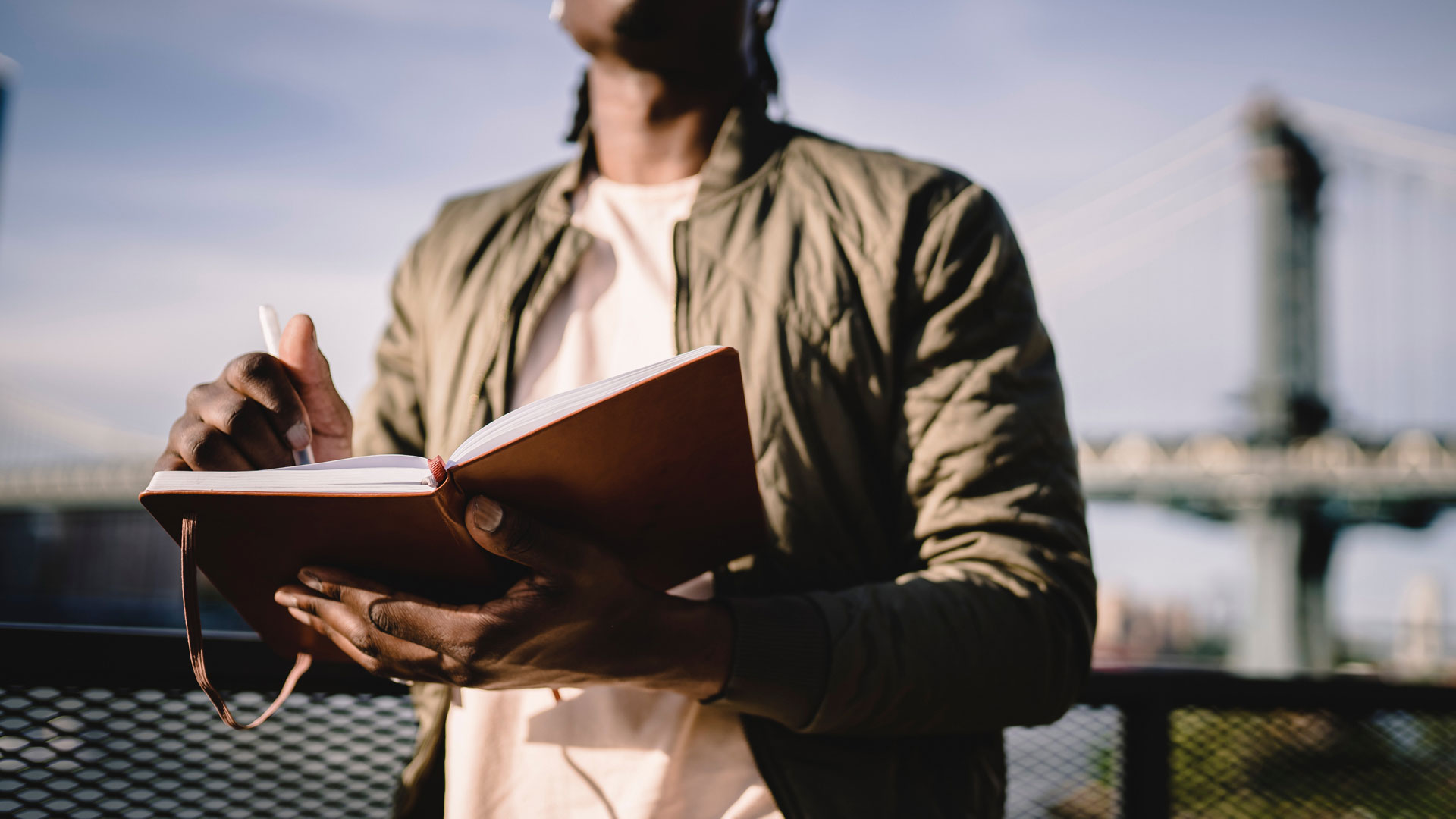
The work of building a more nonviolent world isn’t reserved for the saints and the prophets, the liberators and the agitators. It’s our work, too — it’s a task given to each and every one of us because we are all contributors to the common good and brothers and sisters in the human family. We owe this work to the world at-large, and we owe it to the ones whom we love most intimately.
It might be tempting to dismiss the call to nonviolence, assuming that you’re not part of the problem. I’m not a violent person, you might say. I get angry now and again, but not violent.
But nonviolence isn’t simply a lack of visible violence in your life or community. Some of the worst forms of violence are nearly invisible, easily missed, or dismissed: sexism, racism, homophobia, a build-up of weaponry in the name of defense are just a few.
Rather, the work of nonviolence is the ongoing work of pulling back the curtain in our society to reveal the violent systems that maintain the status quo. These structures trick us into believing in a false peace, but is peace really being maintained when those calling for justice are harassed, beaten, thrown in prison, or killed? Acts of nonviolence — protests, sit-ins, and demonstrations — reveal how quickly those who hold onto power through the threat of violence are quick to use it.
Our history is blessed with nonviolent leaders who have had the courage to expose injustice and the violence that sustains it, which are embedded in so many of our institutions. The actions taken by Dorothy Day, Oscar Romero, Rosa Parks, and Gandhi all pointed beyond the status quo to something better and more humane, and that’s why we remember them today.
Violent systems aren’t built overnight. Each of us plays a role in maintaining them, often without even realizing it. That is why the work of nonviolence belongs to each of us. It demands a process of self-reflection, of liberation from violent habits that are embedded in our lives in ways we likely don’t even recognize.
Cultivating nonviolence is a lifelong journey, but here are five ways to begin.
1. Watch your language.
I’m about ready to pull the trigger. It’s a phrase I find myself using constantly. Am I about to execute someone? Of course not. I’m about to launch a project, send an email, make a call, order dinner — which are all mindless, monotonous things. And yet, what am I really saying?
The words I’ve chosen paint a picture: a gun, a target, tension before I discharge my weapon. Using such a phrase before I send an email trivializes the use of such a weapon, and makes the firing of it just another everyday occurrence.
Is that right, particularly in a country plagued by gun violence?
Words matter. Think of the phrases, the words you use in your daily life. You killed it! He shoots from the hip. That story is a bombshell.
Do phrases like these contribute to a culture of nonviolence or one of violence? More importantly, what does it say about each of us that we use those phrases reflexively?
2. Watch what you watch.
I never became so aware of how violent Star Wars is until I tried to watch one of the cartoons with my 2-and-a-half-year-old child. Okay, it’s a given that “war” is in the title. But every time a blaster is fired, every time a ship explodes, that’s the representation of life being extinguished on-screen in front of my child.
And yet the stories are those of personal growth, self-discovery, friendship, and love. Can’t we tell these stories without such violence?
Perhaps this is a moment of bad parenting on my part, but the point remains: How often do we watch people get hurt on-screen? How often do the stories we consume not involve some sort of violence?
Take time to think about the long-term impact this has on you. How do you respond to violence on-screen?
3. Celebrate kindness, not toughness.
We rarely celebrate kindness, trust, and empathy. The stories in our media often focus on conflict and strength — it’s tough people who get things done in our society.
Toughness is not a quality that makes peacemakers great. Staring down the barrel of a gun or forgiving an enemy are actions that take an inner strength many find unfathomable, but that kind of strength is less about toughness and more akin to a vast kindness — the ability to love in ways many of us haven’t even imagined.
I think about my daily life. If I do a kickboxing routine as a daily workout, the coach emphasizes physical strength so that no one will mess with me. If I get my oil changed in my car and the mechanic notes that my tires need changing, too, I assume I’m being taken advantage of and don’t trust him. And certainly, if I scroll through the news, I hear about how we all need to be tough on this economic rival or that problem.
The need to be tough, unforgiving, and dominant is reinforced everywhere we look. What does that do to our relationships? To our society?
4. Identify systems — and the privileges they give you. Then, make a change.
The #BlackLivesMatter movement and the murder of George Floyd has forced me to reevaluate the many privileges I enjoy in my life. As a white man, I don’t worry about a police officer killing me on the streets as a black man might.
The systems in our society reward me while harming another; those acts are linked. But racism isn’t the only structure from which I benefit. Global poverty — driven by unchecked capitalism — destroys lives every day. The only difference is that I don’t see those lives extinguished; they’re hidden away in the mountains of Central America and the factories of East Asia.
The simple purchase of a cup of coffee illustrates the point. If I buy fair trade, one purchase can provide a living wage to farmers in Guatemala. Or, I can save a few bucks and reinforce the unjust actions of a global brand that drains every ounce of profit from that same farmer’s labor and the environment upon which she relies to grow her beans.
These are systems, and they are violent in their own way because of the disrupting effect they have on people’s lives. And we’re stuck within them: racism, capitalism, sexism — you name it. Becoming aware of that fact is the first step to making a nonviolent difference.
5. Be nonviolent to yourself.
Finally, live peacefully toward yourself. Every time you put yourself down, dismiss your own work, or engage in some form of self-deprecation, you do violence to yourself. You nick your very soul. Over time, it becomes hard to remember why you are a good, worthy person who shares in the common dignity of all people.
And, let’s face it: If peace doesn’t live within you, you can’t share it in the world. You can’t do the work of nonviolence.
And that work is just as necessary now as it’s ever been.













.jpg)







